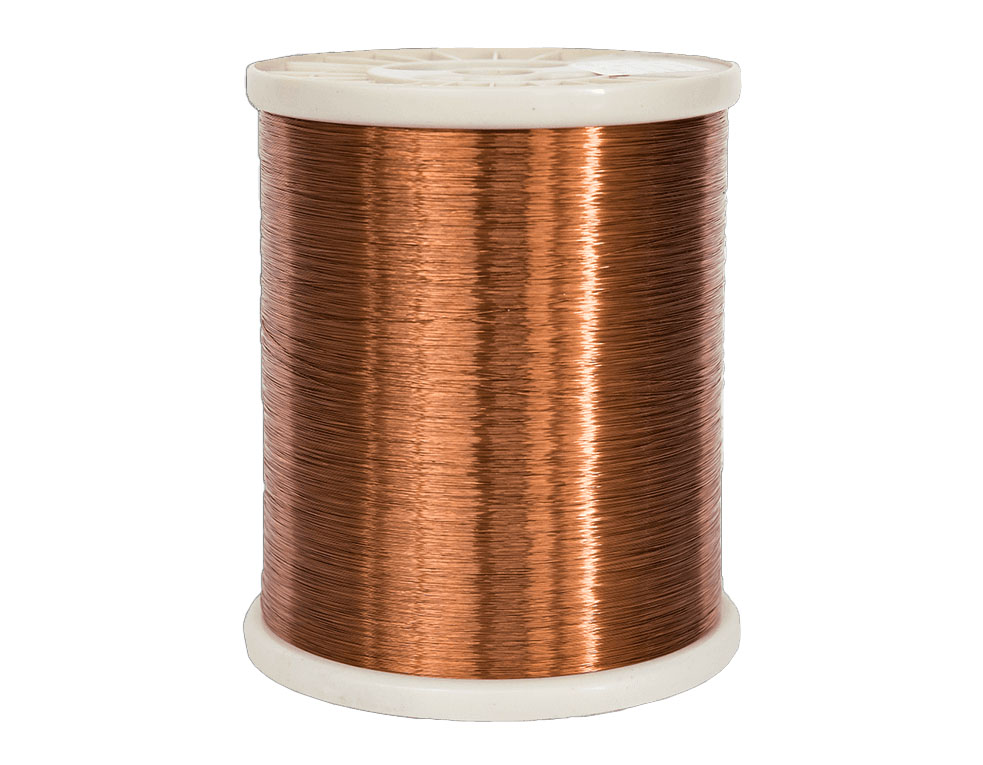When choosing an electromagnetic wire, it is important to select the right one for your needs. Fortunately, there are many types to choose from. First, you can select a type based on its basic composition, conductor core, and electrical insulation layer. There are three major categories of electromagnetic wire: enameled wire, winding wire, and inorganic insulated wire. Enamel-coated wire is coated on the outside of the conductor using a paint solution. Then, it is cured with a heat gun, leaving a hard coating on the wire.
In the industry, there are a few types of electromagnetic wire. The most common type is enameled, which is used to make coils in electrical products. Enamel-coated wire is often called winding wire and has to meet several requirements - high temperature, high speed, high voltage, and inlay. Further, it can be sold in a variety of shapes and can be manufactured in a variety of materials.
Depending on its application, electromagnetic wire is further categorized based on its composition. Generally, enameled wire is coated with a paint solution and is used in electrical products. Other forms include enameled-coated wire, copper rods, and inlays. These are common materials for a wide range of applications. These materials also have a variety of characteristics that are important in electrical wiring. These factors help to make a wire better at its job.
The basic composition of electromagnetic wire is an important component of electrical circuits. Its conductor is made of copper, and its electrical insulation layer is made from polyimide or acetal. Its enameled wires are made with different colors. They are typically colored with a dye, and their properties depend on the type of coating applied. This material is usually coated with an insulating compound. This type of electrical wire is also commonly used in electric equipment.
Among the different types of electromagnetic wire, enameled wire is commonly used in electrical products. It is also called winding wire. These types of electrical wires are specialized in different processes and can meet a variety of requirements. They are available in various sizes, and can be made in different colors, according to their intended use. They can be manufactured into rectangular, oval, or circular shapes. These kinds of wiring are usually shaped and coated with a polyimide material.
The thickness of the wire plays a crucial role in electromagnetic wire. Depending on the application, it can be made of various types of materials. For instance, copper and enameled wires are used to make coils for electrical products. They are also known as winding wire. These products require different characteristics in electrical wire. For example, the coating can vary in thickness, which can affect the power of the electromagnet.
Electromagnetic wire is divided into different categories based on its basic composition. It is classified into enameled and inorganic insulated types. It can be made of various materials, such as copper and enamel. Its thickness is a key factor in the power and quality of electromagnetic wire. It should be able to withstand a wide variety of temperatures. The optimum thickness is the one for the particular application.
The electrical insulation layer of electromagnetic wire determines its strength. It is also useful in transformers. Besides being electrically conductive, enameled wires can withstand high temperatures. They are also suitable for bending and inlaying. This type of magnetic wire can be used in many applications, including power supplies, motors, and electronic devices. The electrical conductors of the metal are usually separated. The two ends can be connected or detached.
It is made of copper or enamel-coated wire. Its thickness determines the magnetism of a magnetic field. The magnetic field is a good conductor of electricity. Moreover, it can be twisted and molded to form a coil. However, it can be difficult to manufacture. The electrical wire must have the appropriate properties to perform the desired function. These are available in a variety of colors.
















